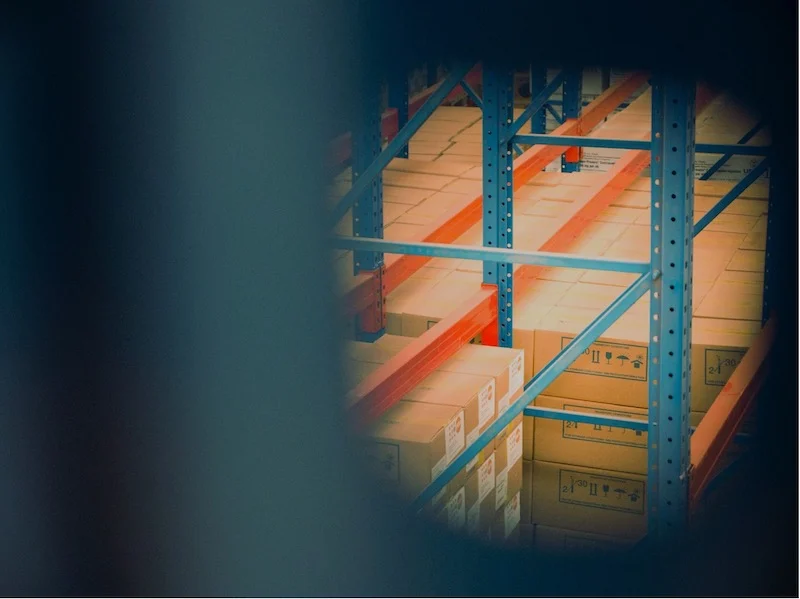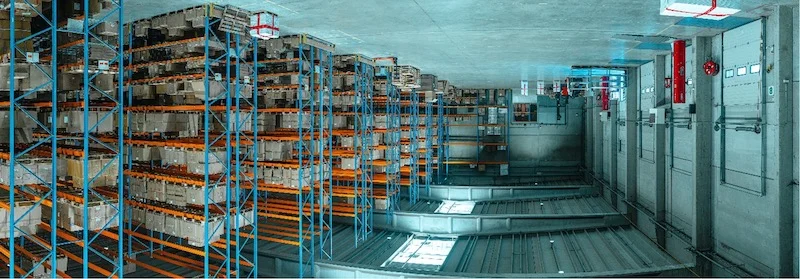Manufacturers need to rethink supply chain visibility
The COVID-19 pandemic brought about major, unprecedented supply chain disruptions. This has led to many manufacturers finding short-term solutions to fixing the disruptions. This entails planning for longer lead times or filling up their supplies. One of the major issues has become a lack of visibility regarding their suppliers’ operations. With the supply chain crisis calming down, manufacturers may want to return to old ways, but this would be a mistake. If there’s one thing we’ve learned over the past few years it is that global markets are changing fast and more disruption is likely. The good news is that digital tools can help. And now, this stabilisation moment is the ideal time to use digital tools.

Visibility is important
For manufacturers, the lack of visibility into supplier operations can lead to setbacks such as poor resource utilisation, quality issues, and lost revenue. For example, consider a contract manufacturer. With demand growing, a contract manufacturer suddenly found that they could not source the materials they needed to package their products. When the package finally arrived, it fell over due to a slight difference in materials that the machine hadn’t optimised. This resulted in significant downtime, massive waste, scheduling issues, and a significant loss of revenue for the company.
What they didn’t know was that the client they were responsible for purchasing and shipping materials for had started using a different vendor. If they had known that and had more insight into the timing and specifications of this newcomer, they would have adjusted production schedules, tweaked equipment settings, and prevented the loss of value to the customer.
Technology, data, and best practices can be used for visibility
Technology can provide manufacturers with supply chain visibility, primarily by breaking down internal and supplier silos and centralising critical data. The main technology elements are:
- A shared data platform that enables everyone along the supply chain to publish and share data, from factory floor machine data to transportation plans to technical specifications. This allows manufacturers to anticipate potential specifications and supply disruptions.
- Extending enterprise resource planning systems that can connect supply bases and logistics partners. This allows organisations to view receiving and processing orders through a common browser, increasing visibility into receiving raw materials or finished goods.
- A supplier portal where the supplier can make the necessary updates and work with the manufacturer’s data team to extract the required information from the system.
- Once the above points are in place, an artificial intelligence/machine learning system can use this data for predictive analytics to improve planning forecasts and run simulations of specific disruptions.

Ideally, manufacturers need data along the supply chain, from product development through procurement, assembly, distribution, logistics, and the point of consumption. Considering that you can track orders from your warehouse, you’ll know exactly what each product costs when it leaves the assembly line. Suppliers must give information regarding the raw materials, transportation logistics, and lead times.
Manufacturers should enforce best practice. They cannot force their suppliers to always use this process, as many still use spreadsheets. For this reason, communication and incentives such as long-term contracts with vendors participating in the vendor portal are key. The initial discussion will examine your current level of digital maturity and what technologies are already in use.
Demand is also an important factor
COVID-19 disrupted supply chains. The ongoing challenges have wreaked havoc on manufacturers’ ability to measure demand, making it difficult to use the data collected over the past few years in planning efforts. This highlights the importance of manufacturers gaining better insight into their suppliers and the need for effective supply chain simulation tools and supplier mapping to assess different hypothetical scenarios they may face.
In Conclusion
While supply chain tensions appear to be levelling off, future disruptions are looming. Now is the time for manufacturers to adopt the technology they need to gain greater insight into their suppliers and improve their resilience ahead of the next wave of disruption.

